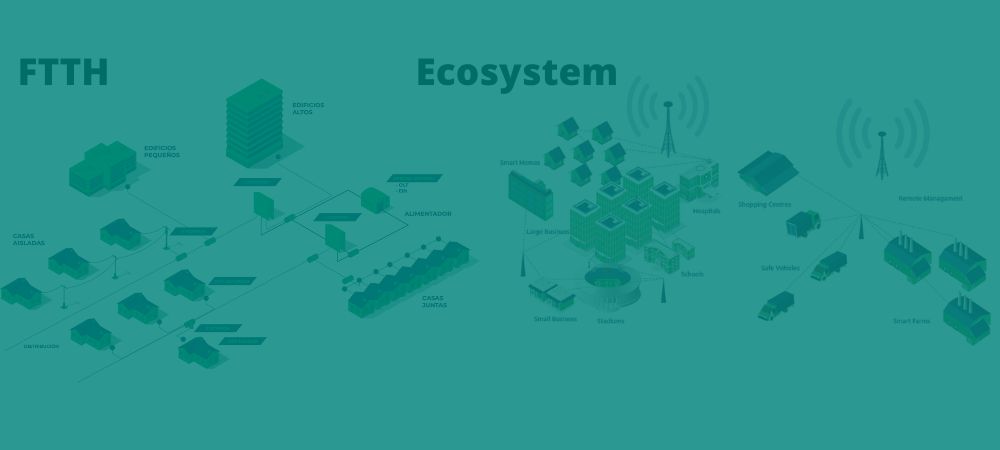 Objectives are the compass for each of us and the team, they give direction and purpose.
Objectives are the compass for each of us and the team, they give direction and purpose.
Based on the objectives, the success or failure of the established goals is evaluated.
Setting objectives facilitates the alignment of thoughts and concentration with the task, helps to stay on track and prevents time from being wasted on other less meaningful tasks.
Objectives hold us accountable, incite self- and team motivation and a healthy social pressure that encourages us to be better.
Agile teams work with at least two types of objectives: those that provide continuous improvement and the sprint objective or goal. Let’s look at an example of continuous improvement:
- The team identifies an area that needs attention, for example, “our dailies are being very long”. The objective is to have dailies that do not exceed 15 minutes.
- The team agrees on the first steps, gets moving and decides that, on a daily basis, each team member has 1 minute to present what he/she did yesterday, what he/she will do today and what problems he/she has, he/she will bring it prepared and if he/she considers that 1 minute is not enough, he/she should propose a meeting to deepen the topic.
- The team identifies what can happen and contingency actions, and does have all the resources it needs to get the job done. For example, Luis will activate a 1-minute timer on each person’s turn, when it is Joaquín’s turn, the talker of the team, will be asked the 3 questions asking him to be specific, and when an issue that requires more time is presented, a note is taken to deal with it outside of the daily session.
- After a couple of dailies the team reflects on how effective the measures have been and introduces other changes if necessary, implementing inspection and adaptation.
On the other hand, the team, and each one of us, needs challenging objectives, which, while still being feasible, force us out of comfortable routines and out of the comfort zone.
We need objectives that lead us to success, but do we know what success is? Objectives are often confused with tasks or job descriptions, and sometimes, when they are defined, they remain unchanged, resulting in apathy and stagnation.
Objectives such as “Maintain operational efficiency” or “Ensure product quality control” may not mean anything concrete, are open to interpretation and are too ethereal to be useful.
Good objectives are SMART, Smart, meet 5 criteria, developed by George Doran in 1981, that make up the acronym SMART:
- S for “Specific”, with measurements that help us to evaluate whether we are on the right track or not. Avoid vague terms such as “I want to be rich” or “Deliver quality software”, as these terms are ambiguous and may have different meanings to different people. It is better to “I want to retire at 55 with 10 million euros in the bank” or “The number of incidents in our team, month by month, should maintain a trend towards zero incidents”.
- M for “Measurable”, keeping in mind your stated goal, determine the objective metrics by which you will measure your progress towards achieving this goal. You’ll know you’ve become rich when you have 10 million euros in the bank, or that the team’s goal is being met when you see a graph of incidents that, month by month, is approaching zero. It is important to remember that it is important that the objective is measurable.
- A for “Achievable”, challenging but achievable. The goal of having 10 million euros when you turn 55 may be feasible if you are 30 or 40, but perhaps less realistic if you are 50 and have a lot of debt. Aim high, but don’t set goals that are unattainable and can be frustrating. This brings us to the next point.
- R for “Realistic”, to be realistic, an objective must have the necessary resources to be carried out. Pretending to be rich and knowing nothing about finance and having no time for research or entrepreneurship makes this goal unrealistic. A realistic objective has an action plan with resources, time and working capacity at its disposal.
- T “Time-Limited”, objectives should include a deadline for achieving their purpose. Parkinson’s law states that: “Work expands until it fills the time available”, if you have 10 hours to deliver a report, you will do it in 10 hours, and if you have 10 days, it will take you 10 days, the same if you are given 10 weeks, there will always be something to do, and reasons and excuses not to finish before. The objective “The number of incidents in our team, month by month, should maintain a trend to zero incidents”, is better specified if it is added in the next 3 months.
It should be noted that the SMART system is not a plan that must be followed to the letter, but rather a recommendation that will surely bring you much value.
For teams working in Scrum, the Sprint Goal is the most important objective that the team has to accomplish during the Sprint.
María Esther Remedios
@soy.agile.coach




